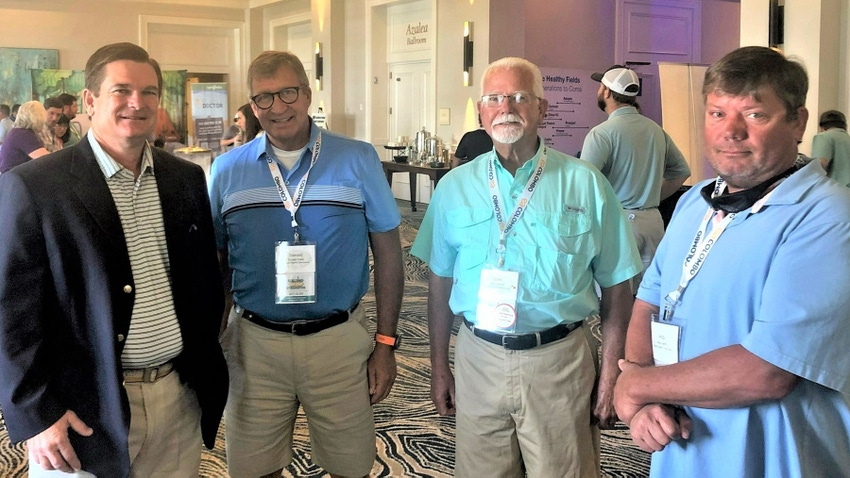
At a Glance
- Congressman Scott believes the farm bill should be split to differentiate from SNAP.
- SNAP benefits are permanent and will continue regardless of farm bill vote, while ARC and PLC are not.
Congressman Austin Scott is calling for splitting the farm bill into two separate pieces of legislation.
“We can’t have an honest discussion on SNAP (Supplemental Assistance Nutrition Program) benefits and an honest discussion on production agriculture as long as the two are tied together. It becomes an emotional argument. SNAP benefits are permanent law. They are going to continue if the farm bill doesn’t,” Scott said in an address to the Southern Peanut Growers Conference at the Sandestin Golf & Beach Resort at Miramar Beach, Fla. July 29.
Scott, a Republican representing Georgia’s Eighth Congressional District, is the vice chairman of the House Agriculture Committee and chairman of the Subcommittee on General Farm Commodities, Risk Management and Credit.
Reconsidering farm bill focus
In a news conference following his address, Scott pointed out that ARC (Agriculture Risk) and PLC (Price Loss Coverage) are temporary law, so while SNAP is permanent and will continue if no farm bill is passed, the ARC and PLC provisions would go away.
However, Scott acknowledged that splitting of the farm bill won’t likely happen this year. He did say he believes both the House and the Senate will pass their versions of the farm bill this year, but also noted he doesn’t know if it will be conferenced by Dec. 31.
If differences between the two bills can’t be ironed out by the last day of the year, Scott said there could be a short-term extension of the current farm bill.
“We need the farm protection aspects of the bill to be made permanent law. And then at that stage is when you could split the legislation into two because if you split it into two before you make it permanent law, then you run the risk of not getting the votes to pass it in the future,” he said at the news conference.
Scott noted that farm programs make up 12% of the farm bill while SNAP makes up 81% and other provisions pick up the difference. He stressed that production agriculture is the most important part of the bill because without production agriculture, the people who receive SNAP benefits wouldn’t have anything to buy.
Honest discussion needed
Scott said an honest discussion on the SNAP provisions is needed.
“It bothers me that people can walk into a grocery store and buy soda pop and candy bars, but they can’t buy rotisserie chicken. They literally can’t buy the things that I buy for my family to eat, but they can buy the things that I don’t let my kids eat unless it’s a vacation or a reward,” Scott said at the peanut conference.
“Look at the health of our SNAP population. Statistically, it’s significantly worse than the overall population. We need to have that discussion. We need to have a discussion on who should be eligible for SNAP and what should be eligible for SNAP. But we can’t have it as long as it’s tied together with the farm bill,” Scott said.
He noted a challenge is that just one quarter of one percent of federal spending goes to risk management tools for farmers. “That’s a very, very small percentage of our budget, and it needs to be bigger to be honest with you,” he said.
He further explained that the problem is increased production costs for farmers, which means reference prices need to be increased or basically there is no safety net.
“If you look at it from a priority standpoint, a priority would be getting the reference prices raised to reflect the increased cost of production. I think loan values need to move significantly so that people who don’t have base acres have a safety net as well. Beginning and young farmers, a lot of them, don’t have those base acres,” Scott said.
“If we’re able to get additional resources, I would love to see a significant increase in the crop insurance products that are out there. That means that we have to make more money available. The companies have to develop the products. We don’t want the government to be the insurance company. We want the government to help provide a subsidy that makes the insurance more affordable to the farmers,” he said.
Read more about:
Farm BillAbout the Author(s)
You May Also Like






